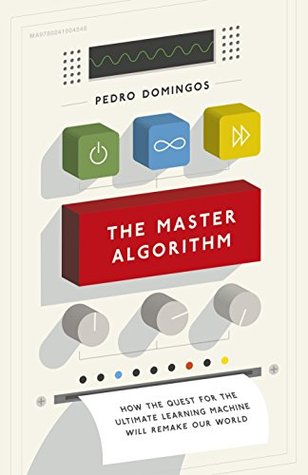If the states and observations are continuous variables instead of discrete ones, the HMM becomes what’s known as a Kalman filter. Economists use Kalman filters to remove noise from time series of quantities like GDP, inflation, and unemployment. The “true” GDP values are the hidden states; at each time step, the true value should be similar to the observed one, but also to the previous true value, since the economy seldom makes abrupt jumps. The Kalman filter trades off these two, yielding a smoother curve that still accords with the observations.
Welcome back. Just a moment while we sign you in to your Goodreads account.


